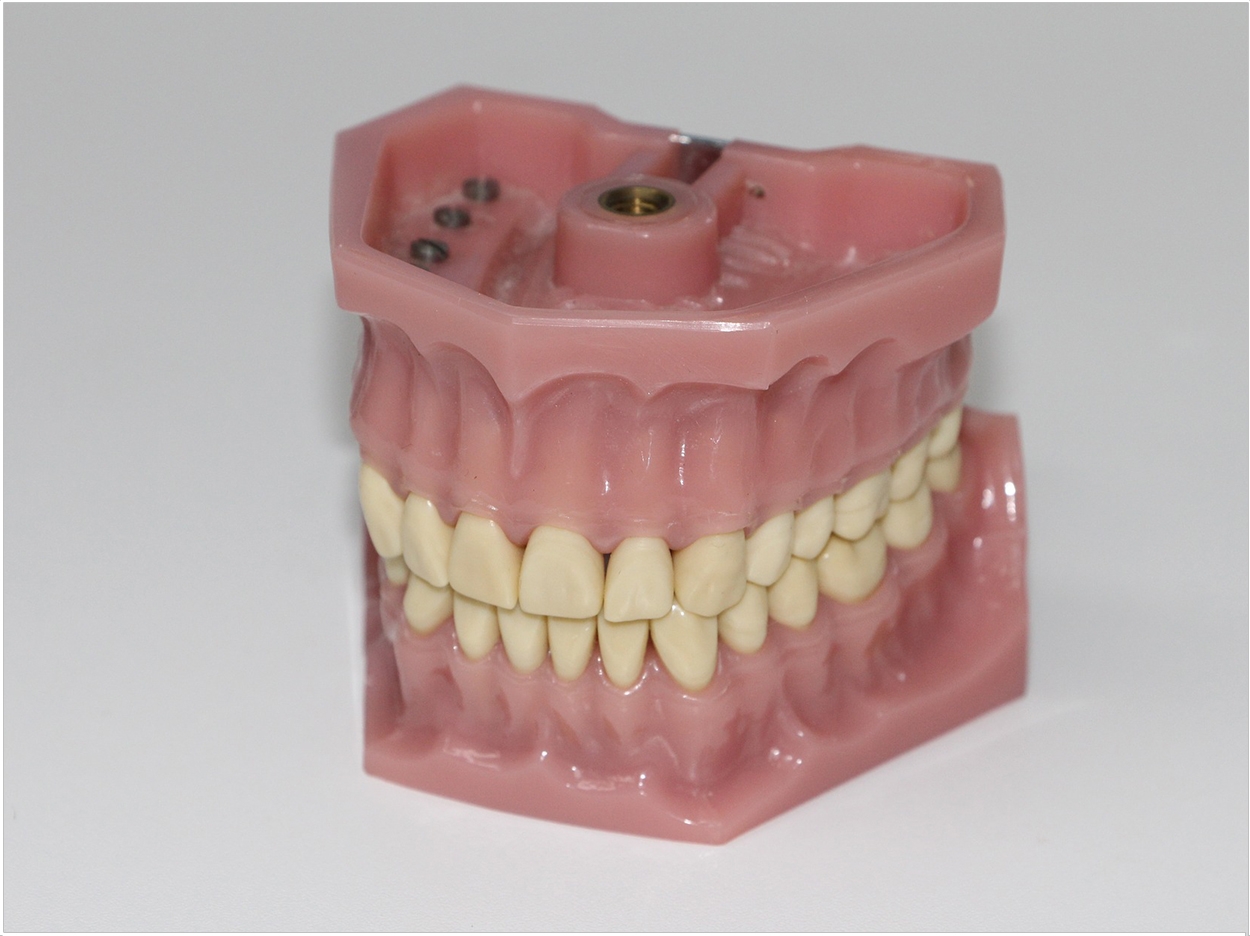
The National Board for Certification in Dental Laboratory Technology (NBC) is updating its references and job task outline for its Certified Dental Technician (CDT) and Recognized Graduate examinations as part of its CDT program’s revalidation process, beginning January 1, 2017.
The updates will include changes to the Ceramics, Crown & Bridge and Implants practical examinations beginning January 1, 2017. Based on the changes to the job task outlines, there will not be significant updates to the practical examinations for Complete Dentures, Partial Dentures, and Orthodontics.
“We have announced some major changes in the last couple of months related to the updated job task outlines and new written examination references. However, I am extremely excited about the changes we have made to the Ceramics, Crown and Bridge and Implants practical examinations,” said NBC chair Heather Voss, CDT.
“This will be the programs’ first step toward integrating digital technology into the hands-on portion of the practical examinations,” Voss said. “With these changes, candidates will be able to use digital or analog fabrication techniques in their preliminary work and will have more flexibility with choice of materials.”
Some of the changes to the Crown and Bridge practical examination will include allowing candidates to digitally produce their metal framework as part of their preliminary work. Also, a substructure will be added to the onsite requirements to better reflect industry practices.
For the Ceramics practical examination, candidates still have to produce a single-unit PFM, but the metal substructure can be cast or fabricated using selective laser melting. Also, the bridge no longer needs to be a PFM bridge. Candidates can use the material of their choice and fabricate the substructure using traditional or digital fabrication techniques. Furthermore, the mesial occlusal distal onlay will be removed from the examination, and a veneer will be added to the onsite requirements to reflect the trends in the industry.
For the Implants practical examination, candidates will be asked to fabricate a custom abutment as part of the preliminary work and may use traditional or digital fabrication techniques. The preliminary denture has been completely removed from the examination, but onsite requirements include 1-by-14 setup and wax over 2 attachments. Additionally, a wrap-around bar has replaced the Hader bar to better reflect today’s real-world practices.
“I am so proud of the positive changes coming out of the CDT program. This program is moving in the right direction to ensure that the CDT program remains relevant,” said Voss. “The updates to the practical examination better align our examinations to the actual work being performed in dentistry today and allow for more flexibility in fabrication techniques and material selection. We will continue to advance this program to ensure that it provides a national standard that the industry can be proud of.”
Related Articles
The Secret to Completing Lifelike Restorations
Associations Salute Dental Technicians This June
Survey Suggests Dentists Should Look Closely at Their Labs’ Standards


